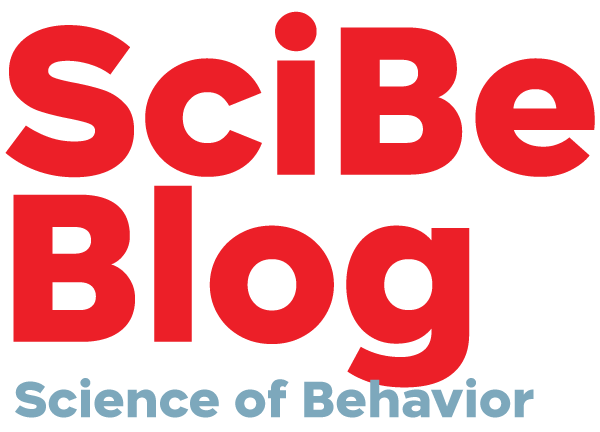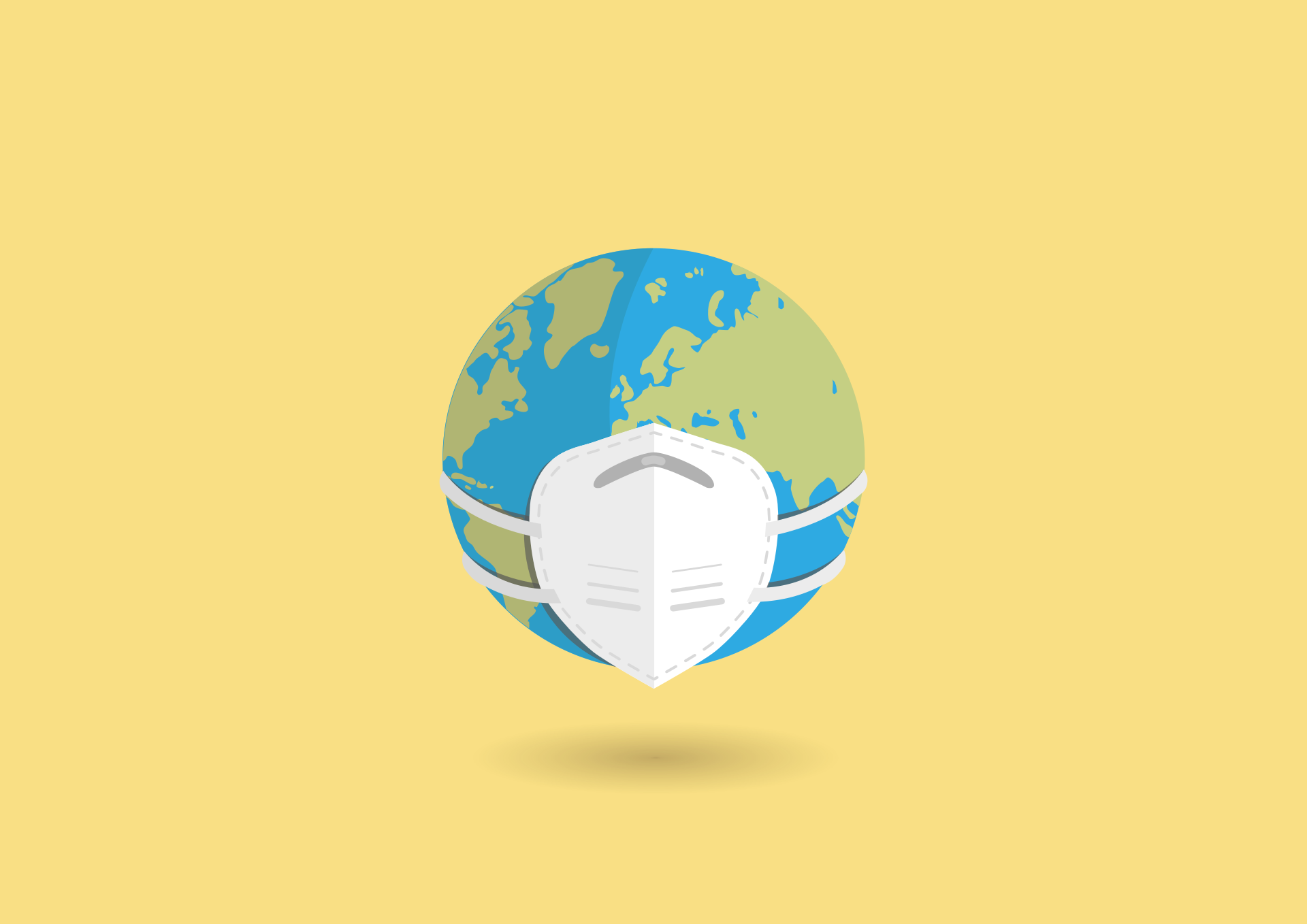In the aftermath of the COVID-19 pandemic declaration, news outlets were replete with reports of items disappearing[1]https://www.washingtonpost.com/national/coronavirus-toilet-paper-shortage-panic/2020/04/07/1fd30e92-75b5-11ea-87da-77a8136c1a6d_story.html from the aisles of supermarkets and even customers fighting[2]https://www.youtube.com/watch?v=Y1nEnOmC6IQ over some of these goods. The sudden disappearance of toilet paper from supermarkets raised eyebrows in particular. Several articles attempt to explain this behavior, pointing to emotional responses following unexpected events. These “panic buying” episodes are, in fact, frequent after unforeseen events. The media[3]https://www.youtube.com/watch?v=MR-dFfB9Z1g have reported panic buying in Russia lately– to cite a recent example.
In this new working paper[4]https://www-ceel.economia.unitn.it/papers/papero22_01.zip, we claim that after a negative shock, some goods can be studied as a natural resource subject to overexploitation (think of unfenced grazing land). The suppliers cannot meet the sudden excess demand because of supply-chain complications (logistics delays, health concerns, unemployment payments, etc.). The traditional ways economists try to deal with issues of overexploitation, that is, informal institutions (think, for example, of disapproving shoppers if one fills the cart with toilet paper), are not likely to emerge quickly enough to disincentivize stockpiling behavior. Furthermore, these “informal punishments” are only likely to work in smaller, “gossipy” communities, and a supermarket is hardly such a place. What else might work? We believe providing information about the higher vulnerability of certain groups or individuals can help restore moderation in shopping habits, counteracting the impulse to panic-buy.
We believe providing information about the higher vulnerability of certain groups or individuals can help restore moderation in shopping habits, counteracting the impulse to panic-buy.
We designed an experiment to test our idea. Participants in our first (control) study are informed that a fixed supply of fifteen facial masks exists. If the sum of the masks in the group exceeds the supply, all participants get zero. If the sum is lower or equal to fifteen, each group member receives a money payment for each mask the participant asked for. Choices are made simultaneously, that is, no one knows how many masks others are asking for when deciding. Our players play this game several times, and we provide some feedback about how players behaved in previous rounds. The groups, however, change in each round, and hence players cannot try and establish a reputation. Each period, they choose how many masks to ask based on their expectations about what others do, expectations likely influenced by what others did in previous rounds; and (possibly) expectations about appropriate behavior in this game. The most common outcome is three masks each- an equitable allocation of masks. Our second (treatment) study informs the participants that COVID-19 disproportionately affects the elderly (our “victims,” see Kogut & Ritov, 2005 [5]Kogut, T., & Ritov, I. (2005a). The “identified victim” effect: An identified group, or just a single individual? Journal of Behavioral Decision Making, 18(3), 157-167. ). As before, we formed groups of five, four participants 24 or younger and one 65 or older in each group. We find that 24< participants in this study demand significantly fewer masks than the 65> participants.

We did not find evidence that the presence of a “victim” resulted in more frequent miscoordination, i.e., subjects not pocketing any money. Sympathy, one of those noble moral sentiments, could have decreased efficiency if the participants lost sight of the need to allocate all masks [6]Loewenstein, G., & Small, D. A. (2007). The scarecrow and the tin man: The vicissitudes of human sympathy and caring. Review of General Psychology, 11(2), 112-126. The simplicity of our choice might have avoided this potential shortcoming of helping behavior. We also asked a group of external observers how many masks it is appropriate to ask in the game (without a victim), incentivizing them to correctly interpret the opinions of other observers. The observers often choose a low demand of two masks, the “safe bet,” as appropriate, possibly to avoid a minority’s overdemand for masks forfeiting everyone’s payoff.
A policy implication of our analysis is that information about vulnerabilities in the population of shoppers is crucial to curb stockpiling. We speculate that identifying a victim might be an effective intervention because both the feeling of sympathy towards the victim and panic buying are the expression of impulsive neural circuitry, and this commonality makes them an effective pair.
A policy implication of our analysis is that information about vulnerabilities in the population of shoppers is crucial to curb stockpiling.
Although our study focuses on antisocial behavior such as stockpiling following a negative shock, there were many examples of selfless behavior[7]https://www.theatlantic.com/ideas/archive/2021/10/pandemic-altruism-selflessness-punishment/620427/ after the onset of the pandemic. Future research will hopefully study the coexistence of pro-social and anti-social behavior in different domains following a shock and what primes people to be pro-social in certain domains and anti-social in others.
About the Authors
Giuseppe Danese
Department of Economics and Management “Marco Fanno” – University of Padua, Italy
Center for Social Norms & Behavioral Dynamics – University of Pennsylvania, USA
Via del Santo, 33 35123 Padova, Italy
gdanese@upenn.edu
Luigi Mittone
Department of Economics and Management and CEEL – University of Trento, Italy
LUT School of Business and Management – Lappeenranta University of Technology, Finland
Via Inama, 5 38122 Trento, Italy
luigi.mittone@unitn.it
References
| ↑1 | https://www.washingtonpost.com/national/coronavirus-toilet-paper-shortage-panic/2020/04/07/1fd30e92-75b5-11ea-87da-77a8136c1a6d_story.html |
|---|---|
| ↑2 | https://www.youtube.com/watch?v=Y1nEnOmC6IQ |
| ↑3 | https://www.youtube.com/watch?v=MR-dFfB9Z1g |
| ↑4 | https://www-ceel.economia.unitn.it/papers/papero22_01.zip |
| ↑5 | Kogut, T., & Ritov, I. (2005a). The “identified victim” effect: An identified group, or just a single individual? Journal of Behavioral Decision Making, 18(3), 157-167. |
| ↑6 | Loewenstein, G., & Small, D. A. (2007). The scarecrow and the tin man: The vicissitudes of human sympathy and caring. Review of General Psychology, 11(2), 112-126 |
| ↑7 | https://www.theatlantic.com/ideas/archive/2021/10/pandemic-altruism-selflessness-punishment/620427/ |


